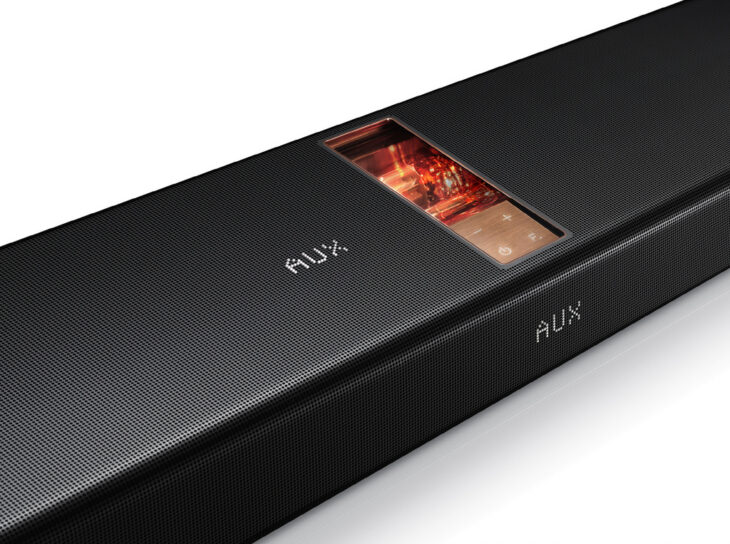Podcast: Play in new window | Embed
Christopher in St. Cloud, MN listens on 1450 KNSI and asked:
I got 16mb speed on my Internet. There’s some speakers from Samsung that go with my Samsung sound bar, the HW7500. I’m really concerned about, do I really have enough Internet speed there ’cause it’s Bluetooth and you gotta use your phone to set it up. I’ve heard a lot of mixed things. Want to know what you guys think. Should I buy those extra speakers? Is it gonna add that much more sound to my system? Is it gonna come through without getting hiccups?
Christopher, your speakers don’t care about your internet speed at all. The Bluetooth chip on your phone actually has a range of about 30 feet, and does not need access to the internet, it exists to make simple, short distance connections.
Now, if you’re worried about streaming music or videos from the internet, 16MB should do, high def content would do better with a faster connection, but your speakers won’t care. If it’s playing, it’s playing, and speakers don’t care if you’re streaming from the internet or playing from a local source.
As for whether or not the soundbar will add much more sound to your system, well, it depends on your system. If it’s just a TV: Yes. Modern TV speakers are tiny and very bad, the soundbar and paired subwoofer of the HW7500 will sound much better.
If you already have a sound theater system, probably not so much. Traditional home theater setups with multiple speakers sound better than standalone soundbars, they’re just more of a hassle to set up and hide so they don’t stand out too much.
Traditional home theater setups with multiple speakers sound better than standalone soundbars, they’re just more of a hassle to set up
If you find that you’re having trouble playing streaming music from your phone over the Bluetooth soundbar, the issue might be the fact that some phones don’t seem to do two things at once as well as they should.
We’ve heard of phones that can stream music just fine and can play music over Bluetooth speakers just fine also, but when you combine the two they can’t seem to keep up.
To test if this is the case, download a song or three to your smartphone and play those on the soundbar. If they work and your streaming playback doesn’t, then you might have one of “those phones.”
Larry in Japan asked:
“I tried to download the Into Tomorrow Android app, from Google Play and cannot find it. It’s very confusing because you’re always saying to download the “Into Tomorrow” app. Hmmm…. Second item. I have an ASUS X202E laptop. I want to use an external mic. It has the port that says headphones/mic. I tried to put in an external microphone. It does not work. I have gone to several sites to make this happen. The instructions to make a NASA rocket are much easier than the instructions I received. Do you have any way that is relatively easy to make an external mic work on my Asus laptop?”
We aren’t sure what was preventing you from finding the Into Tomorrow app in the Google Play store. We just tested it before this show and when we selected Apps and searched for Into Tomorrow, it was the fifth app listed. We think it should be first, of course, but that’ll happen as more of our loyal listeners download and use it.
The issue with your laptop is that the microphone jack on the side is really designed for a headset microphone. When you plug your external microphone into the jack, you should be able to pull up your Realtek audio control panel and double click on the graphic down the right hand side of the app window, which is representing your audio inputs and outputs. With a laptop it might only be a single port, labeled “Analog.”
The issue with your laptop is that the microphone jack on the side is really designed for a headset microphone.
Double click that and change the setting in the pop up window for microphone.
Why do you have to do this? Because you don’t have a separate port for headphones and microphone. A headset, which is a combination headphones and microphone, uses a 3.5mm jack that is longer than the one that headphones only, OR an external microphone only, would use. It reaches physically deeper into the jack and makes contact with the microphone inputs so the laptop knows it has both headphones and a mic plugged in.
But when you plug in the external microphone only, that connector is the same size as headphones would be. So you must manually tell the laptop that a microphone has been plugged in. We hope this explanation is easier than the one you got from NASA.


